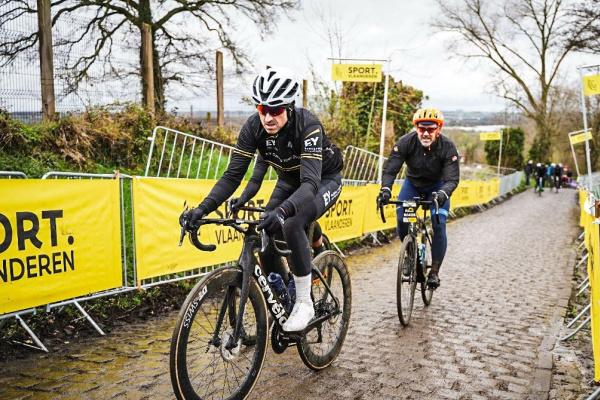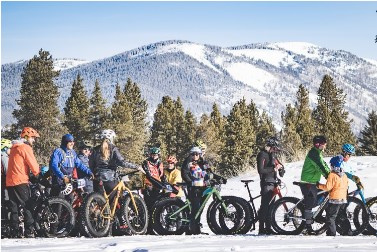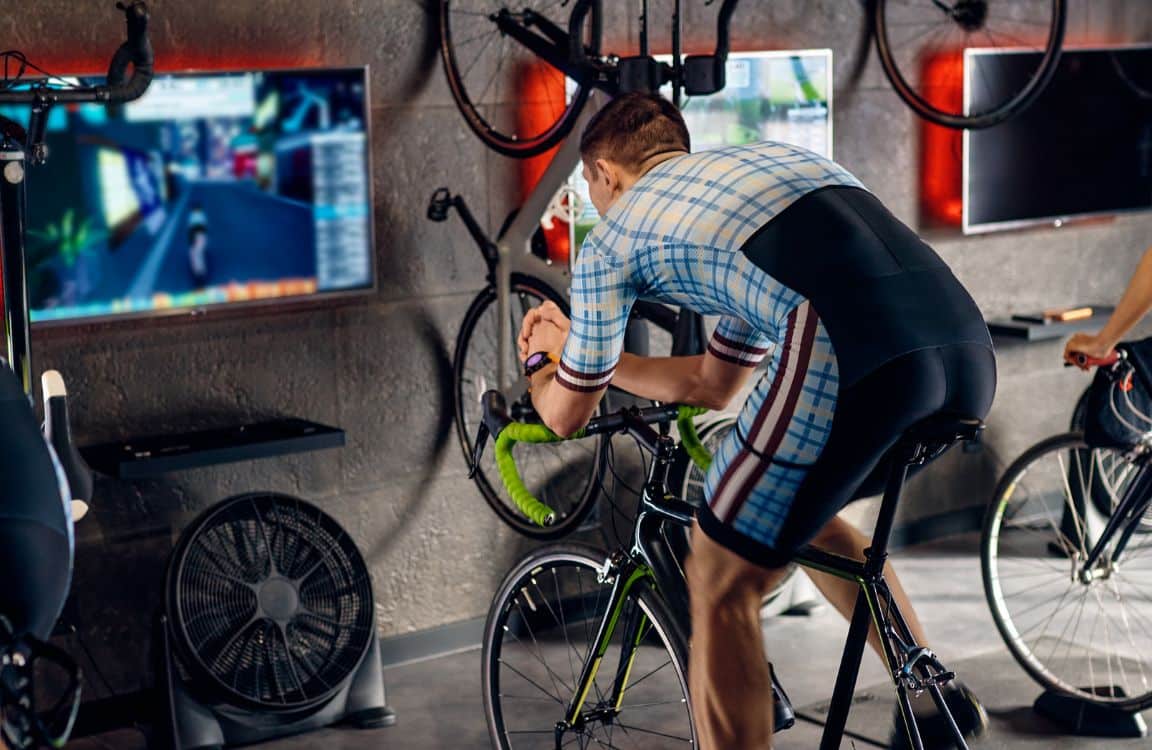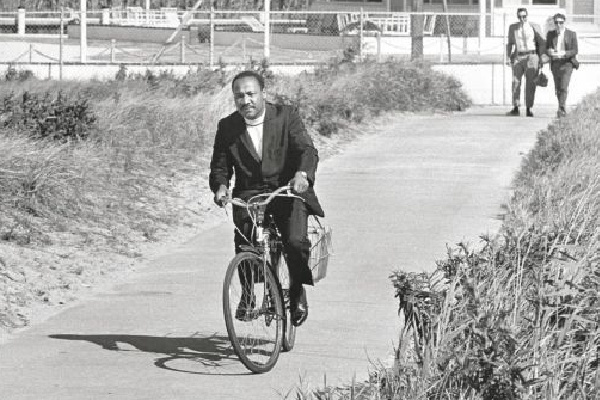
A Coloradoan In Flanders
By Kris Thompson, Contributor-AvidCyclist Do you have bucket rides/events you want to do in your life? Bucket rides/events can motivate you into training for the
The days are getting shorter and the temps continue to dive down. Winter will officially start in a week but it feels like it has started for a while. Maintaining a structured training schedule can be difficult with the cold and the time limitations of daylight. As the weather worsens (yes, sorry, it will) and your training load changes as you embrace winter routines, including indoor cycling, there is something else to consider beyond keeping warm and dry: Should your fueling habits change too? Does your diet need to change to maintain this change of season and training?
During this time, most cyclist tend to reduce intensity of training and work on endurance and building that bas for the next season. With that change, your nutrition needs and demands change as well. Your carb per hour intake changes. So unless you are trying to limit your carbs to loose weight and burn fat, you need to watch your carb intake. There is a tendency for cyclists to under-fuel on the bike during the winter rides and under hydrate. Rule of thumb: DONT. Maintain carbs of about 2 bananas an hour and one bottle of water as well.
It’s not all about carbs per hour. There are more considerations to account for when it comes to energy expenditure over the winter months. Many of us reduce our training volume, discouraged by the inclement conditions. On the other hand, training can become more energy-intensive owing to the nature of winter riding.
“Extra clothing, stronger winds and higher rolling resistance can all make winter training a little harder than you anticipate. Very cold weather may increase your need for carbohydrates, if only because shivering is mainly carb-fueled!” All of which highlight the importance of choosing well when buying key pieces of kit, such as a winter cycling jacket or winter bib tights.
For calculating your energy requirements, most modern cycling computers provide a good estimate of the energy you have used during a ride. It’s important to match your energy intake with your expenditure. ‘’If your intensity has decreased, then you will require less carbohydrate in your diet,” notes Starr, “but for many athletes training volume may increase so the overall amount of energy needed remains the same.”
energy intake with your expenditure. ‘’If your intensity has decreased, then you will require less carbohydrate in your diet,” notes Starr, “but for many athletes training volume may increase so the overall amount of energy needed remains the same.”
There is no one-size-fits-all when it comes to planning nutrition; it involves a little bit of planning. My personal technique is to estimate the duration and intensity of the ride. If it’s going to be three hours in Zone 2, I’ll take 150g of carbs – 50g per hour. I check the carbohydrate level of each product I’m taking, count them into my pocket and then always take one or two bars extra. You never know if you’ll drop a bar or end up tagging an extra loop at the end.
While keeping an eye on energy expenditure and intake it’s important to ensure consistent training, it is better to be slightly over-fuelled than under-fueled. My personal (admittedly crude) test to see if I have fueled a ride correctly is to assess my hunger levels when I get home. Aim to consume a mixture of carbs and protein as soon as you arrive home – a protein shake is perfect. If I still feel like I could inhale the fridge, having downed my shake, then I know I haven’t eaten anywhere near enough during the ride. When that happens, there is usually a knock-on effect: the body’s equilibrium has been unsettled. This can become serious if you have multiple days of training to get through, especially with the added stress of the cold weather.
The combination of less daylight and riskier road conditions outdoors makes indoor training a more attractive option in winter. For those with busy work and

family lives, these sessions are often squeezed in early in the morning or after work, and it can be easy to neglect nutrition at such times.
When the intensity is high, such as in a Zwift race, taking on some extra carbs is likely to benefit your performance even when the duration is relatively short, i.e. 30-75 minutes. If you’re going to be riding for an hour, aim to consume around 50g of carbs, in the form of either bars, gels or drink mix. Carbs are king when it comes to high-intensity training.
Dehydration may be less of a concern when riding outdoors in winter, compared to hot weather demands, but do bear in mind that your thirst may be suppressed when you feel cold. Though you won’t be sweating as much during winter rides, you’ll still be clammy under those insulating layers, and still losing water continuously through respiration – water vapour on your breath. Again, there is no one-size-fits-all rehydration schedule; find out what works for you and stick to it.
What is the ultimate indoor cycling hydration strategy? The basic principles are in line with road riding, but you need to pay added attention to fluid, as your sweat rate increases indoors. Dehydration can be compounded over multiple days of drinking not quite enough, taking its toll on subsequent training, so it is important to keep topped up every day. Don’t ignore your thirst just because you’re distracted or busy; keep a big bottle of water close at hand – drinking enough throughout the day that your pee remains a nice light straw color.
Now that we have covered the major aspects of nutrition and color of pee, (yep, I went there again,) Meals are a major part of recovery. We all love comfort food in the winter. Its a great time for healthy stews, soups, and slow cooking. Fall and winter is a great time for squashes, and using then in recipes such as a butternut squash and chickpea tagine will warm you up after a long winter ride and also had all the goodness for a great recovery meal.
In a hurry? If you have not heard of Kevin’s Natural Foods, check them out. They are available at Whole Foods, King Soopers, and Sprouts. They are pre-cooked using the French Sous-Vide. I discovered them while Heidi and I were on vacation in Crested Butte, Colorado. One package easily feeds 2, I was amazed at how good they were. Could definitely be mistaken for a great restaurant entre’.
There is no One Size Fits All for nutrition and training in the winter months. Do not be afraid to tweak and change what you are doing and evaluate your body’s response to it. Also, do research, look at what other athletes that are like yourselves, are doing and trying.
Enjoy, and stay warm!
Cheers
Gary
Gary Robinson, Editor, Colorado Avid Cyclist

By Kris Thompson, Contributor-AvidCyclist Do you have bucket rides/events you want to do in your life? Bucket rides/events can motivate you into training for the

When it comes to fueling for a big Fondo or Charity Ride, we can take a lot of advice from the professional peloton. Just because

11 years ago, the great folks at Adventure Fit Events set out to create a way for our community to rally together during the winter

By: Gary Robinson, Editor This coming April 4th will mark 56 years since the assassination, by a racist, of the man whose life we remember

by: Gary Robinson If you are cyclist here in Colorado, there are a lot of things you see that make you shake your head, and

The question of Trek’s survival in a potentially turbulent 2025 bike market is complex. While recent news of restructuring and product line reductions has raised